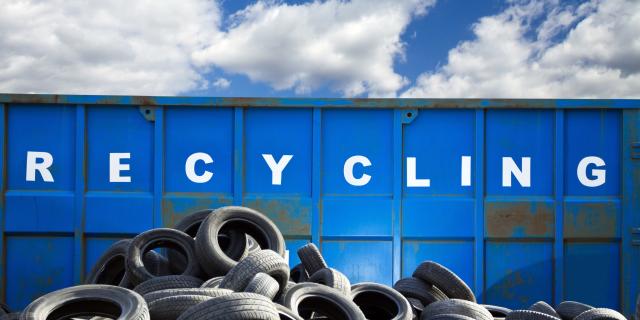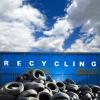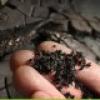Infill in artificial grass surface
Rubber granulate in artificial grass surface is safe for humans and the environment
The results of this independent research confirm that rubber granulate from recycled car tyres does not pose any health and/or environmental risks, even in the long term. Recycling and re-using tyres as rubber infill material on artificial grass surfaces yields environmental savings and has proven itself an effective alternative to scarce raw materials.
No health risks to playing on artificial turf
Playing sports on artificial grass with rubber infill from old car tyres do not pose a health risk. This was pointed out by Intron in 2007 in the first in-depth investigation. Different substances and environmental treats were examined commissioned by the Vereniging Band en Milieu, VACO, suppliers and producers of artificial grass surfaces, KNVB and NOC*NSF. Both clients and athletes were uncertain about the potential health and environmental risks. The first studies made clear that there is no health risk associated with playing on artificial grass surfaces with rubber granulate
No environmental risks
A follow-up study was performed to obtain more information about the leaching of zinc in the long run commissioned by the Vereniging Band en Milieu and the VACO. This practical field research into the effects of zinc leaching was completed in March 2008. The researchers conclude that there is no environmental risk, within the usual technical lifetime of artificial surfaces (15 years).
Saving raw materials and improved technical quality of the playing field
Artificial grass surfaces with rubber infill is also the long-term safe for humans and the environment. There are no obstacles to the application of rubber granulate in artificial grass surfaces.
Reports
Additional information about rubber granulate in artificial grass surfaces and various documentation relating to this subject can be found below.




